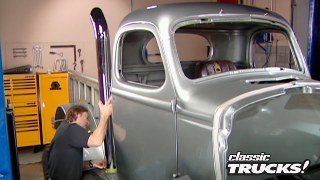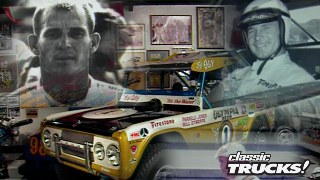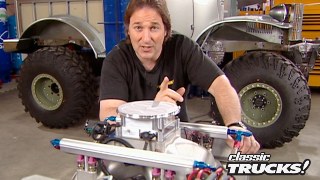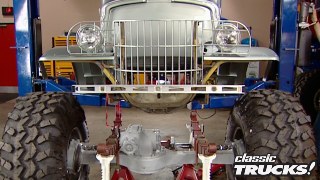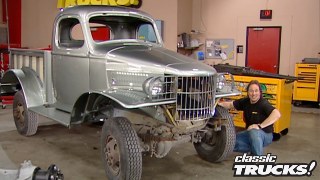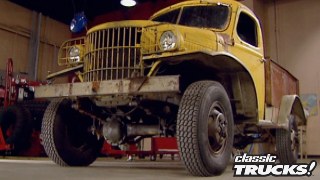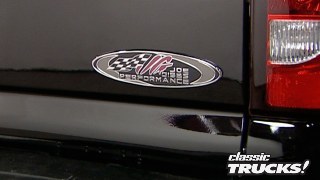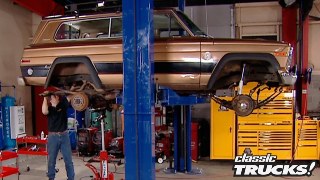
Sport Sierra Exhaust & Radio
We upgrade Project Sport Sierra's sound through a Gibson performance exhaust system and an MTX stereo upgrade.
Season 1
Episode 18
Hosts: Stacey David, Mel Fair
First Air Date: July 20, 2018
Duration: 21 minutes 10 seconds
